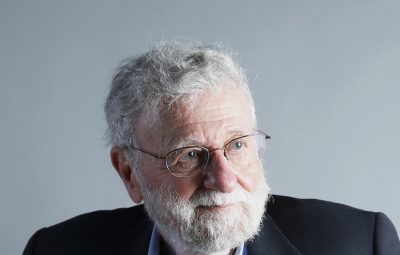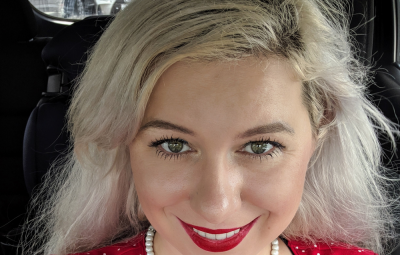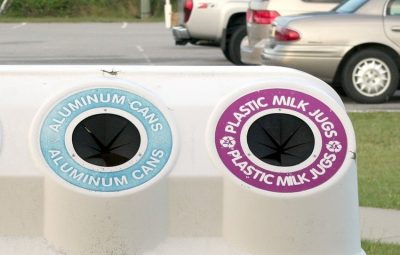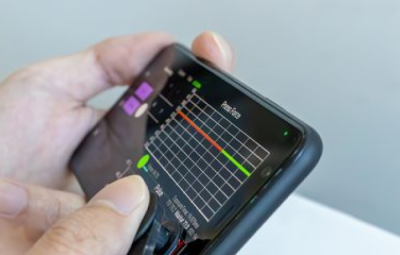This story showcases our team’s research and discoveries, primarily focusing on broadening undergraduate students’ research opportunities.
To share what we learned, we will first unpack our problem statement and then share what we learned through our research and interviews using the stakeholder and empathy mapping tools.
We conclude by defining potential pathways and outlining a framework that lays the foundation to scale paid undergraduate research.
Our starting problem statement was, “How might we help undergraduate students understand the meaning of research to increase interest, engagement, and readiness.”
From our initial discussions, we explored this problem by examining how students see themselves in research and how students and faculty perceive the value and impact of research. We also found secondary research and additional information from our interviews essential to further understand this problem.
Discover: Stakeholder Map
To examine these ideas, we identified and talked with three groups of stakeholders – students, faculty, and administrators.
In talking with students, we saw they had a limited idea of what research could be for them. We also learned how much they value guidance from faculty about how to engage in research.
From administrators, we learned about existing programs to help undergraduate students go into research, which gave us insight into how we should structure our potential solutions.
We heard from faculty how much they value working with students and that engaging students in research takes careful planning and deliberate engagement.
Discover: Empathy Map
We took this data and created empathy maps to understand the perspectives of our stakeholders.
For example, in mapping the input from faculty using the AEIOU tool, we heard that they often think of the lecture hall, office hours, and classroom as primary interaction points for finding students to partner with in research. In talking with administrators, we heard how they often think about enabling collaboration, ideation, and communication to help create new programs. We heard from both administrators and faculty about the value produced when you bring people together to build shared insight and provide guidance to each other.
Students told us they needed guidance on how to successfully approach faculty for research using elevator pitches or interviews. Students discussed various strategies, such as talking with counselors and attending mentor/mentee meetings to build relevant skills. A key takeaway we heard was that students are seeking help developing a portfolio they can use to increase their access to research opportunities.
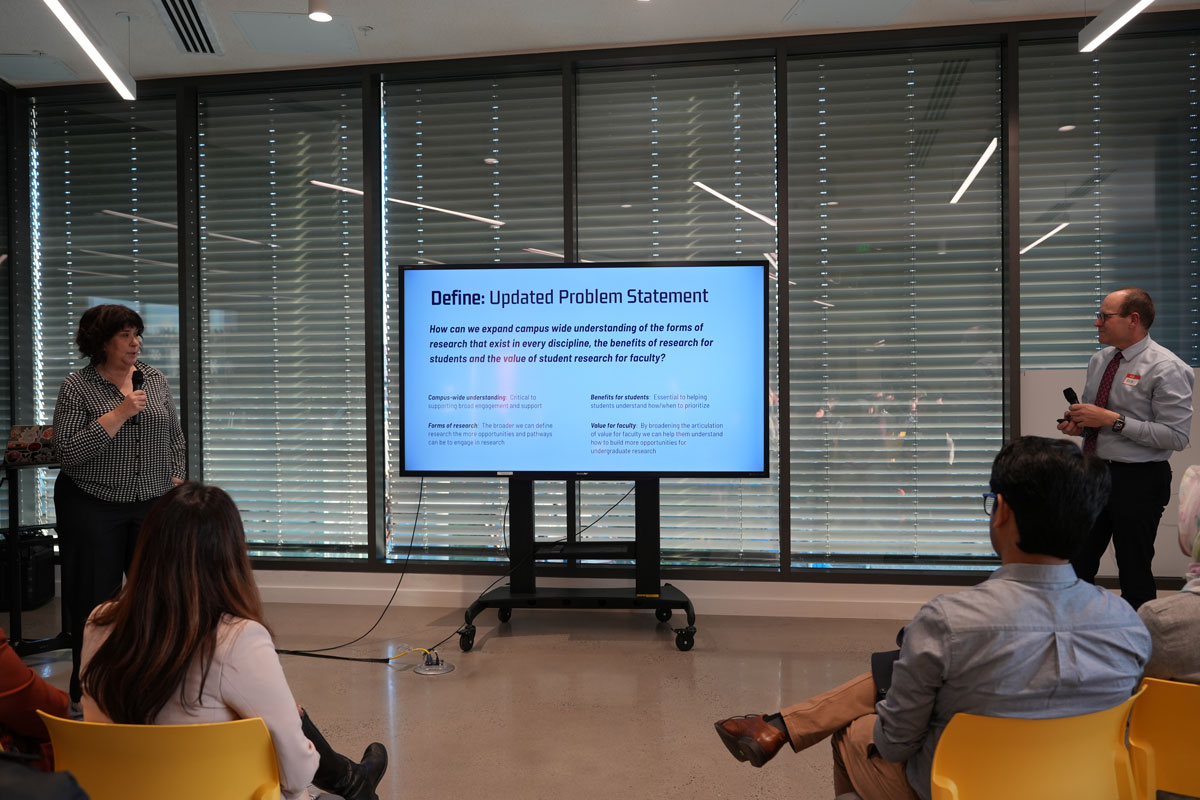
This team collaborated during the SPUR 1.0 program term to further the understanding of a problem statement and develop a potential solution. We recognize the collaborative work of the individuals who furthered our community’s knowledge of scaling paid undergraduate research.
- Erik Mitchell, The Audrey Geisel University Librarian
- Leslie Carver, Provost, Thurgood Marshall College,
- Stuart Sandin, Professor, Biological Oceanography, Marine Biology, Scripps
- Andrea Ventura, Student, Business Psychology, Cognitive Sciences
- Akira Wolfe, Student, Cognitive Sciences (Design & Interdisciplinary Sciences )
- Kayla Maldonado, Int Business & CogSci (Design & Interdisciplinary Sciences
- Elise Kim, Student, Design & Interdisciplinary Sciences / Junior Designer Program
Thank you for evaluating this and other SPUR Team projects. Each evaluation takes approximately 2-minutes to complete.
Please review the story and answer the five questions based on your knowledge, experience, and perspective. Your feedback will help us to learn, work, and develop ideas that will impact paid undergraduate research opportunities at UC San Diego.
